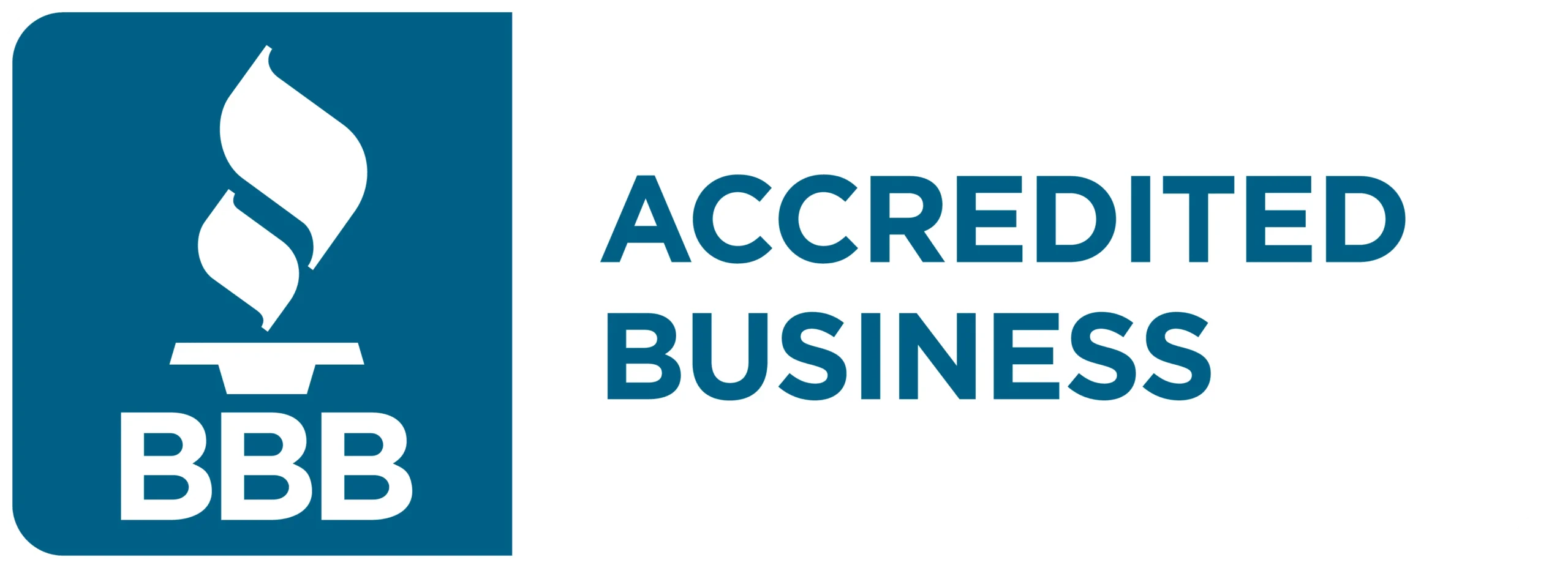Step 1: Remind Your People (and Yourself) That Change Is Good
The first thing to do is embrace the inevitability of change. Don’t cling to your old practices. Not only will failure to do so lead to litigation, but your team should also be led through example that change can lead to a stronger business model and healthier culture in the end.

Start by being an early adopter of the new standards. If the regulations are goverment enforced, you must comply sooner or later, so get ahead of the mess that comes with waiting too long. The earlier you adopt, the more time you gain to manage through the idiosyncracies and find a new set of processes that work best for your team. It is easier for your people to absorb the changes over time, as opposed to all at once in a hurried attempt to comply with numerous and often complicated rules under pressure.
Another key tactic is to keep a positive attitude about change. The attitude your leadership team adopts is powerful, and it will trickle down to your front-line employees. Use the infectious nature to your advantage by living into a culture that recognizes change as a challenge, but also as an opportunity to make the company greater than it has ever been.

Step 2: Keep up a constant flow of information
As you are inundated with change, keep everyone continuously informed. People will need to know exactly how their day to day role will be affected, and they should clearly understand the new way of doing things. Make sure a two-way dialogue is established, and encourage all questions and requests for more information. More than likely a question posed by one will yield an answer that benefits many, so create an environment that supports this behavior.
Send regular digital updates and refreshers, as well as physical reminders to your remote offices that enable micro-experiences that reinforce best practices. An email or static poster isn’t going to accomplish this on its own, however. You also need to provide a vehicle that promotes internal sharing and rewards best practices. You can gather people together into interactive, cross functional groups to brush up on the new information together. Or create gamified challenges designed to help your people remember new standards, and reward those who take the time to become experts on the subject.

Download Our eBook: 8 Fundamentals of an Internal Communications Strategy
If your people are sending out the “whatever” vibes, it’s time to get back to the basics. Make sure your internal communication strategy is following 8 fundamentals to cultivate an engaged workforce aligned with your company’s success.
Step 3: Check The Pulse
If your people are having a hard time adapting to the changes you’ve set, you need to know this as soon as possible. Maybe your content is confusing. Maybe your distribution methods could be tweaked. Maybe attitudes within a particular office are very low. Maybe you are cascading new initiatives too quickly for people to keep up- or too slowly to see results. There are endless ways to improve internal communication, but you won’t know which tactics are right for your team until you determine their pain points.
Find out what you can be shifting to increase adoption of initiatives by constantly checking your people’s pulse. There are quite a few methods you can use to track how your new standards are being received:
- Send out regular surveys
- Open up discussion forums on your intranet or other private, internal social network
- Assign change leaders who are experts in ‘the new way’, and have them mentor colleagues and be the collective voice of concern to leadership
- Get your people together at a learning conference to voice their concerns and receive on-site training
After you have collected the data and have a clear understanding of the struggles facing your teams, jump back to step two and continue to distribute targeted information, then test the effectiveness again. You will repeat all of these steps several times during the months and years that it takes to redesign your business structure around new regulations. Like the Deloitte article ‘Regulatory Trends for 2016 in Banking‘ states “Instilling an appropriate culture should not be viewed as a compliance exercise or a standalone work stream or project. Rather, it must be a fundamental firm-wide mindset.” Change that seems forced is always difficult, but meet it with the right attitude and continue to be a resource for your people and you will already be ahead of the game.






